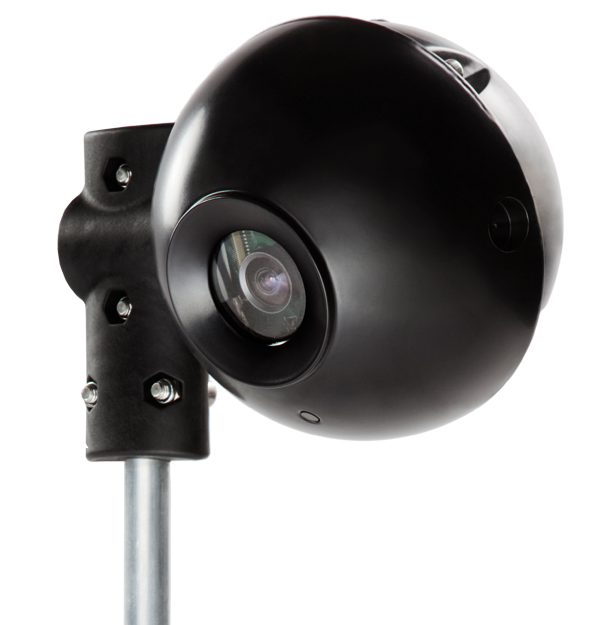
FLIR TrafiCam is a vehicle presence sensor that combines a CMOS camera and a video detector in a single unit. FLIR TrafiCam detects moving and stationary vehicles at signalized intersections. Via detection outputs, vehicle presence information is transmitted to the traffic controller so that signal timing can be adjusted dynamically. This way, vehicle waiting time at traffic lights is reduced and traffic flows are optimized.
